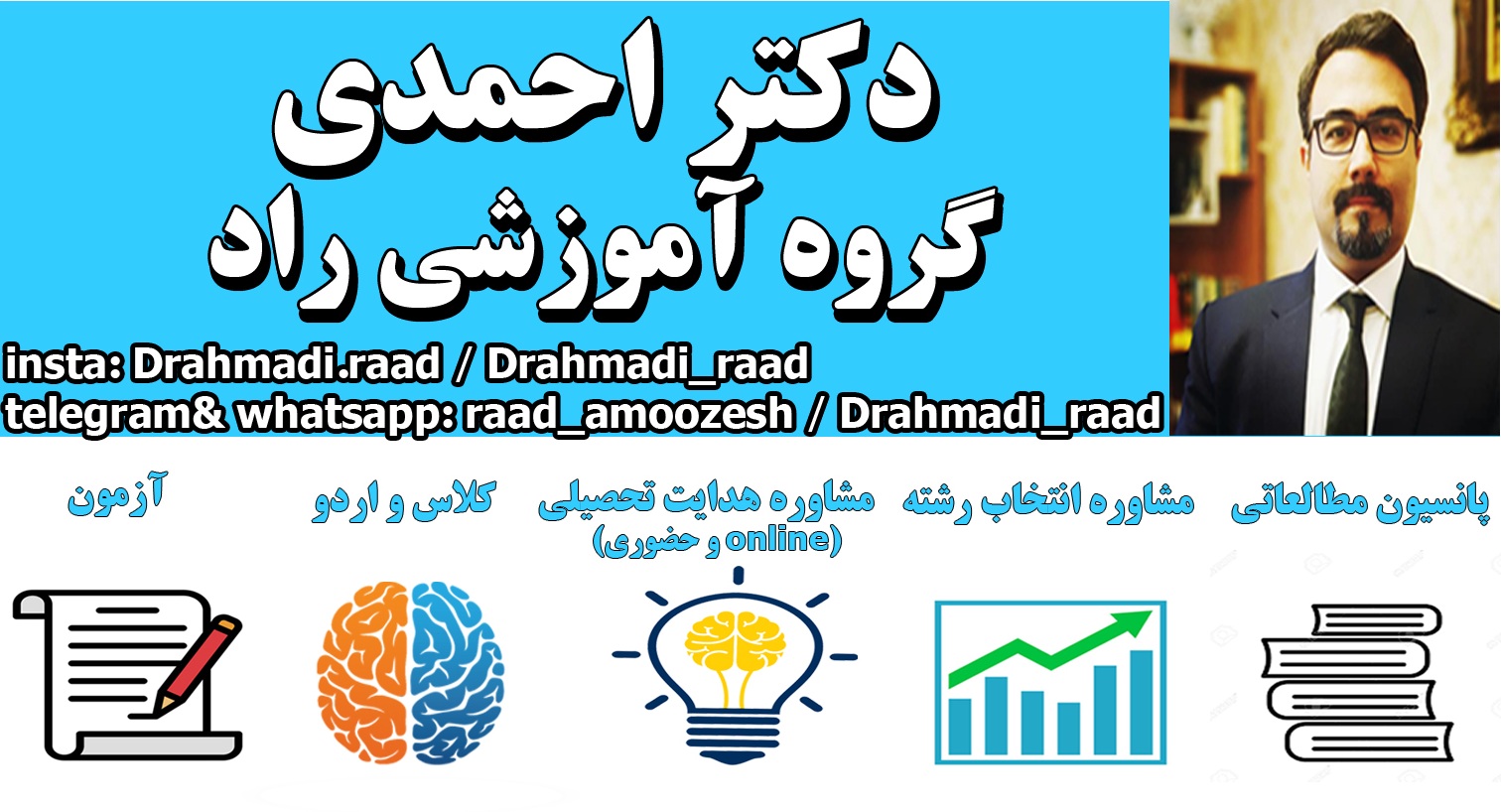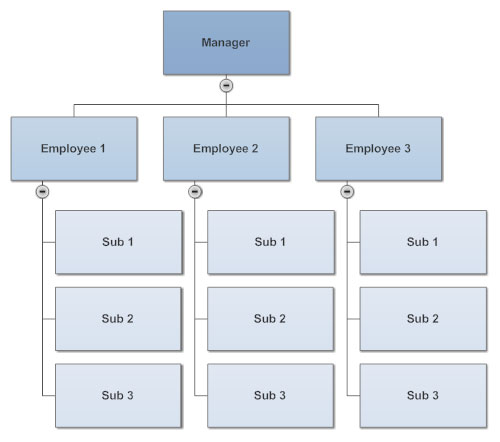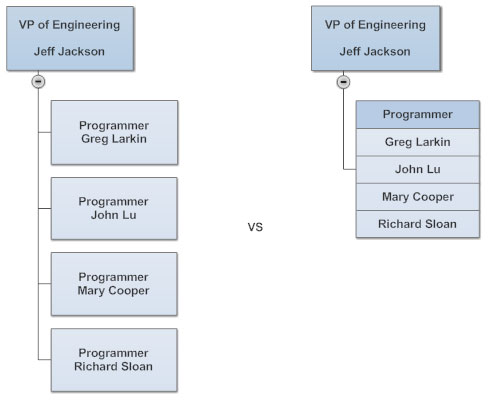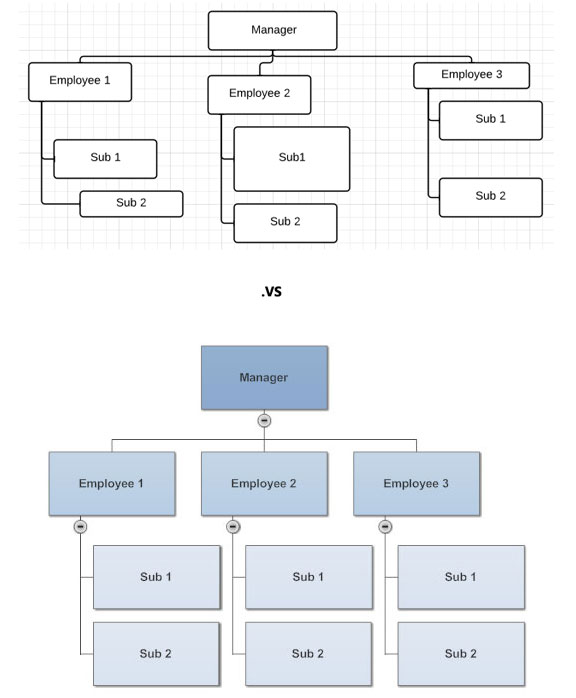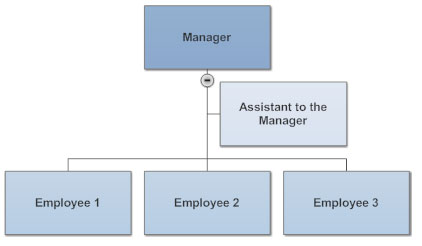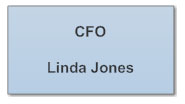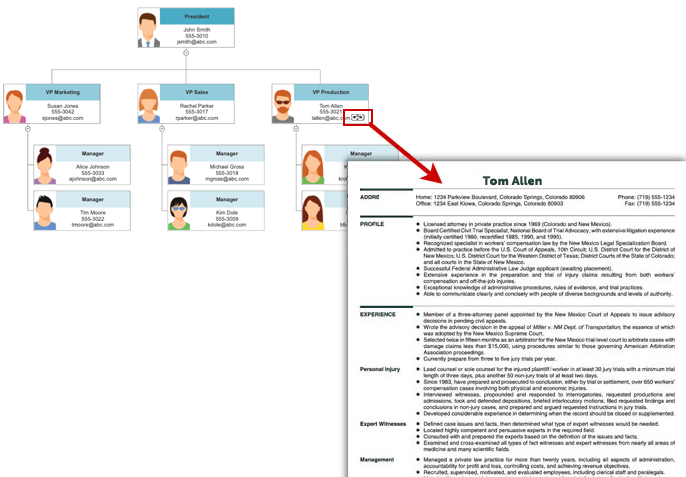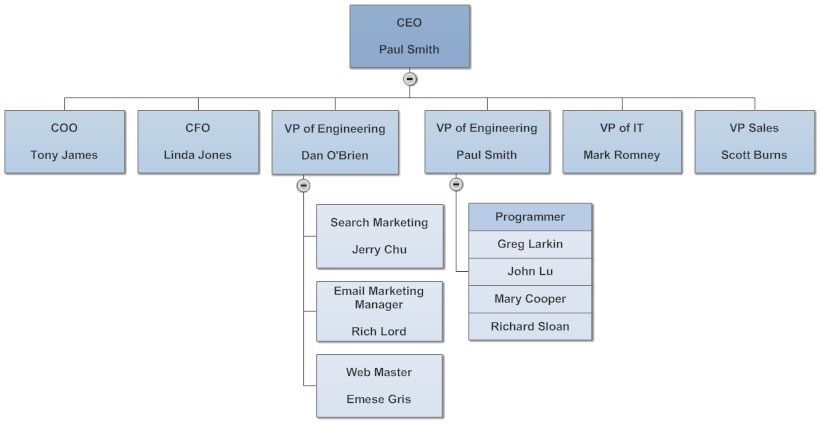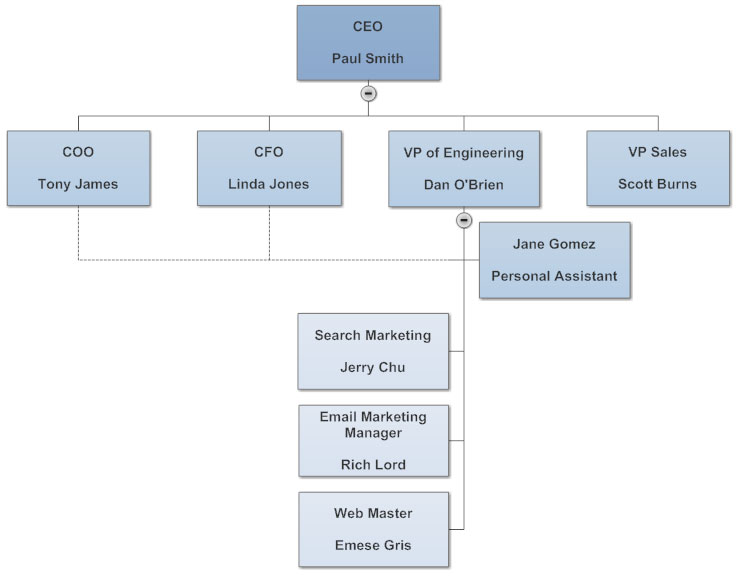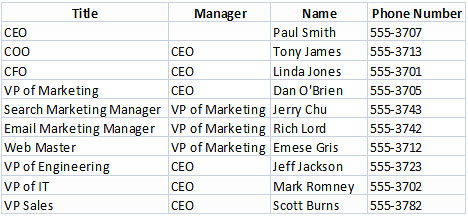What makes an effective leader? This question is a focus of my research as an organizational scientist, executive coach, and leadership development consultant. Looking for answers, I recently completed the first round of a study of 195 leaders in 15 countries over 30 global organizations. Participants were asked to choose the 15 most important leadership competencies from a list of 74. I’ve grouped the top ones into five major themes that suggest a set of priorities for leaders and leadership development programs. While some may not surprise you, they’re all difficult to master, in part because improving them requires acting against our nature
Demonstrates strong ethics and provides a sense of safety.
This theme
Empowers others to self-organize.
Providing clear direction while allowing employees to organize their own time and work was identified as the next most important leadership competency. combines two of t
No leader can do everything themselves. Therefore, it’s critical to distribute power throughout the organization and to rely on decision making from those who are closest to the action.he three most highly rated attributes: “high ethical and moral standards” (67% selected it as one of the most import
Research has repeatedly shown that empowered teams are more productive and proactive, provide better customer service, and show higher levels of job satisfaction and commitment to their team and organization. And yet many leaders struggle to let people self-organize. They resist because they believe that power is a zero-sum game, they are reluctant to allow others to make mistakes, and they fear facing negative consequences from subordinates’ decisions.
To overcome the fear of relinquishing power, start by increasing awareness of physical tension that arises when you feel your position is being challenged. As discussed above, perceived threats activate a fight, flight, or freeze response in the amygdala. The good news is that we can train our bodies to experience relaxation instead of defensiveness when stress runs high. Try to separate the current situation from the past, share the outcome you fear most with others instead of trying to hold on to control, and remember that giving power up is a great way to increase influence — which builds power over time.ant)
Fosters a sense of connection and belonging.
Leaders who “communicate often and openly” (competency #6) and “create a feeling of succeeding and failing together as a pack” (#8) build a strong foundation for connection.
We are a social species — we want to connect and feel a sense of belonging. From an evolutionary perspective, attachment is important because it improves our chances of survival in a world full of predators. Research suggests that a sense of connection could also impact productivity and emotional well-being. For example, scientists have found that emotions are contagious in the workplace: Employees feel emotionally depleted just by watching unpleasant interactions between coworkers.
From a neuroscience perspective, creating connection is a leader’s second most important job. Once we feel safe (a sensation that is registered in the reptilian brain), we also have to feel cared for (which activates the limbic brain) in order to unleash the full potential of our higher functioning prefrontal cortex.
and “communicating clear expectations” (56%).There are some simple ways to promote belonging among employees: Smile at people, call them by name, and remember their interests and family members’ names. Pay focused attention when speaking to them, and clearly set the tone of the members of your team having each other’s backs. Using a song, motto, symbol, chant, or ritual that uniquely identifies your team can also strengthen this sense of connection.
Shows openness to new ideas and fosters organizational learning.
What do “flexibility to change opinions” (competency #4), “being open to new ideas and approaches” (#7), and “provides safety for trial and error” (#10) have in common? If a leader has these strengths, they encourage learning; if they don’t, they risk stifling it.
Admitting we’re wrong isn’t easy. Once again, the negative effects of stress on brain function are partly to blame — in this case they impede learning. Researchers have found that reduced blood flow to our brains under threat reduces peripheral vision, ostensibly so we can deal with the immediate danger. For instance, they have observed a significant reduction in athletes’ peripheral vision before competition. While tunnel vision helps athletes focus, it closes the rest of us off to new ideas and approaches. Our opinions are more inflexible even when we’re presented with contradicting evidence, which makes learning almost impossible.
To encourage learning among employees, leaders must first ensure that they are open to learning (and changing course) themselves. Try to approach problem-solving discussions without a specific agenda or outcome. Withhold judgment until everyone has spoken, and let people know that all ideas will be considered. A greater diversity of ideas will emerge.
Failure is required for learning, but our relentless pursuit of results can also discourage employees from taking chances. To resolve this conflict, leaders must create a culture that supports risk-taking. One way of doing this is to use controlled experiments — think A/B testing — that allow for small failures and require rapid feedback and correction. This provides a platform for building collective intelligence so that employees learn from each other’s mistakes, too.
Nurtures growth.
“Being committed to my ongoing training” (competency #5) and “helping me grow into a next-generation leader” (#9) make up the final category.
All living organisms have an innate need to leave copies of their genes. They maximize their offspring’s chances of success by nurturing and teaching them. In turn, those on the receiving end feel a sense of gratitude and loyalty. Think of the people to whom you’re most grateful — parents, teachers, friends, mentors. Chances are, they’ve cared for you or taught you something important.
When leaders show a commitment to our growth, the same primal emotions are tapped. Employees are motivated to reciprocate, expressing their gratitude or loyalty by going the extra mile. While managing through fear generates stress, which impairs higher brain function, the quality of work is vastly different when we are compelled by appreciation. If you want to inspire the best from your team, advocate for them, support their training and promotion, and go to bat to sponsor their important projects.
These five areas present significant challenges to leaders due to the natural responses that are hardwired into us. But with deep self-reflection and a shift in perspective (perhaps aided by a coach), there are also enormous opportunities for improving everyone’s performance by focusing on our own.
Taken together, these attributes are all about creating a safe and trusting environment. A leader with high ethical standards conveys a commitment to fairness, instilling confidence that both they and their employees will honor the rules of the game. Similarly, when leaders clearly communicate their expectations, they avoid blindsiding people and ensure that everyone is on the same page. In a safe environment employees can relax, invoking the brain’s higher capacity for social engagement, innovation, creativity, and ambition.
Neuroscience corroborates this point. When the amygdala registers a threat to our safety, arteries harden and thicken to handle an increased blood flow to our limbs in preparation for a fight-or-flightresponse. In this state, we lose access to the social engagement system of the limbic brain and the executive function of the prefrontal cortex, inhibiting creativity and the drive for excellence. From a neuroscience perspective, making sure that people feel safe on a deep level should be job #1 for leaders.
But how? This competency is all about behaving in a way that is consistent with your values. If you find yourself making decisions that feel at odds with your principles or justifying actions in spite of a nagging sense of discomfort, you probably need to reconnect with your core values. I facilitate a simple exercise with my clients called “Deep Fast Forwarding” to help with this. Envision your funeral and what people say about you in a eulogy. Is it what you want to hear? This exercise will give you a clearer sense of what’s important to you, which will then help guide daily decision making.
To increase feelings of safety, work on communicating with the specific intent of making people feel safe. One way to accomplish this is to acknowledge and neutralize feared results or consequences from the outset. I call this “clearing the air.” For example, you might approach a conversation about a project gone wrong by saying, “I’m not trying to blame you. I just want to understand what happened.”
